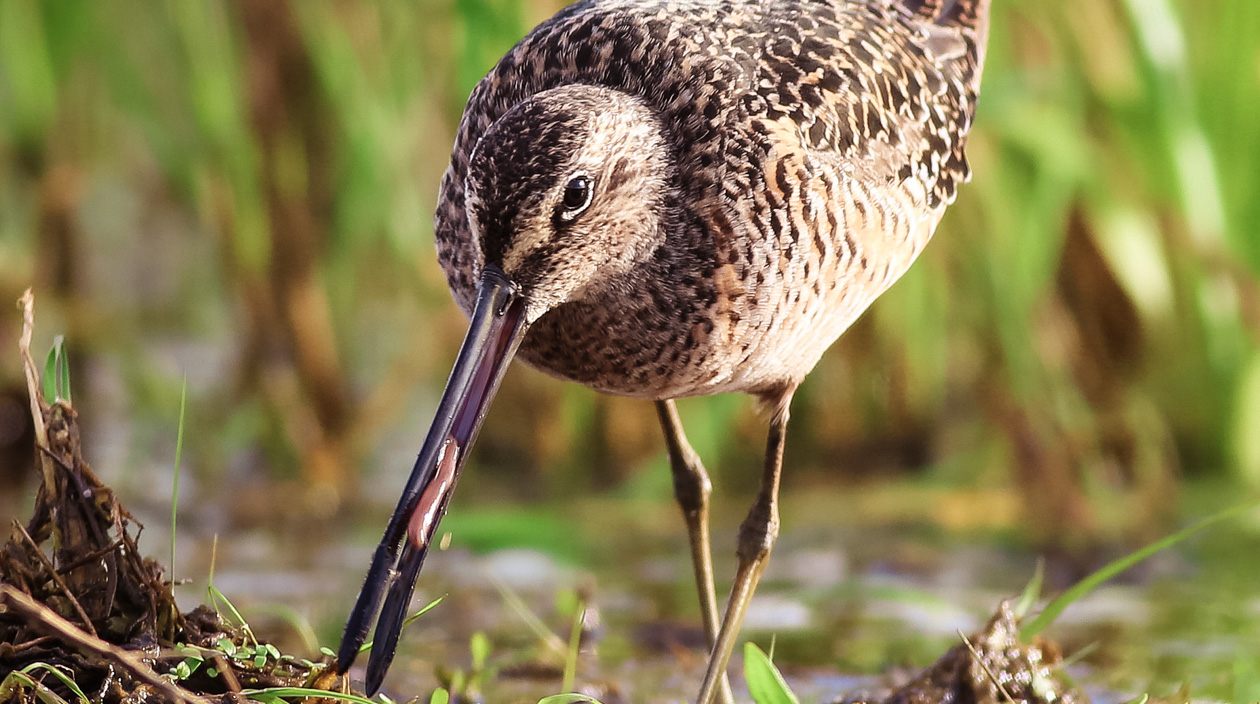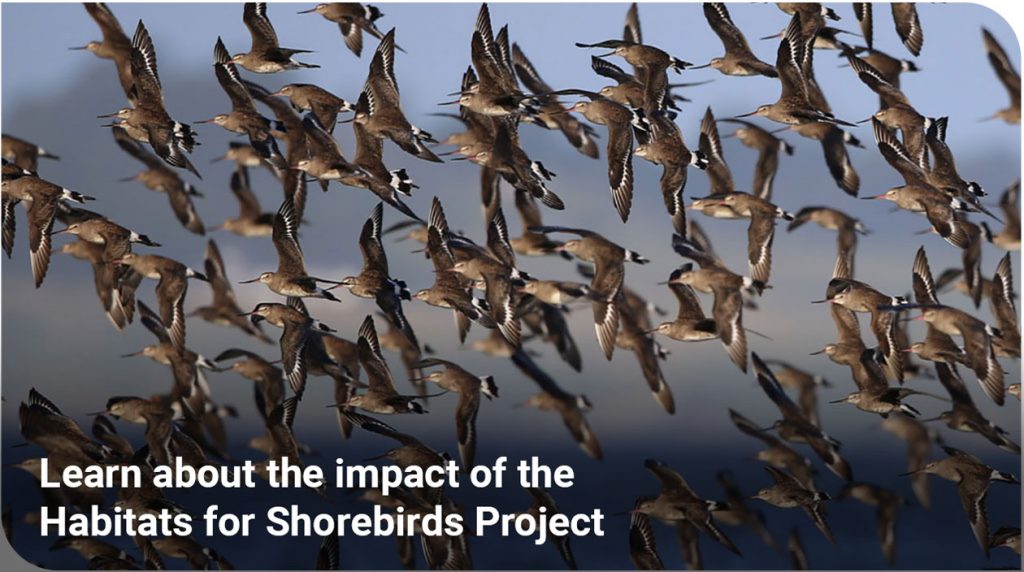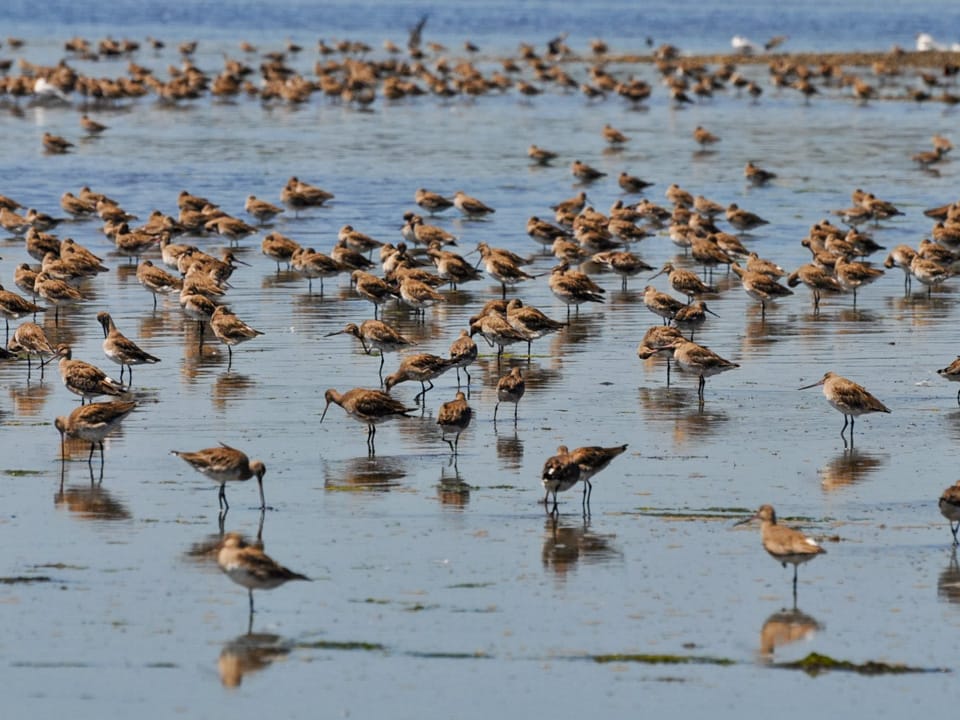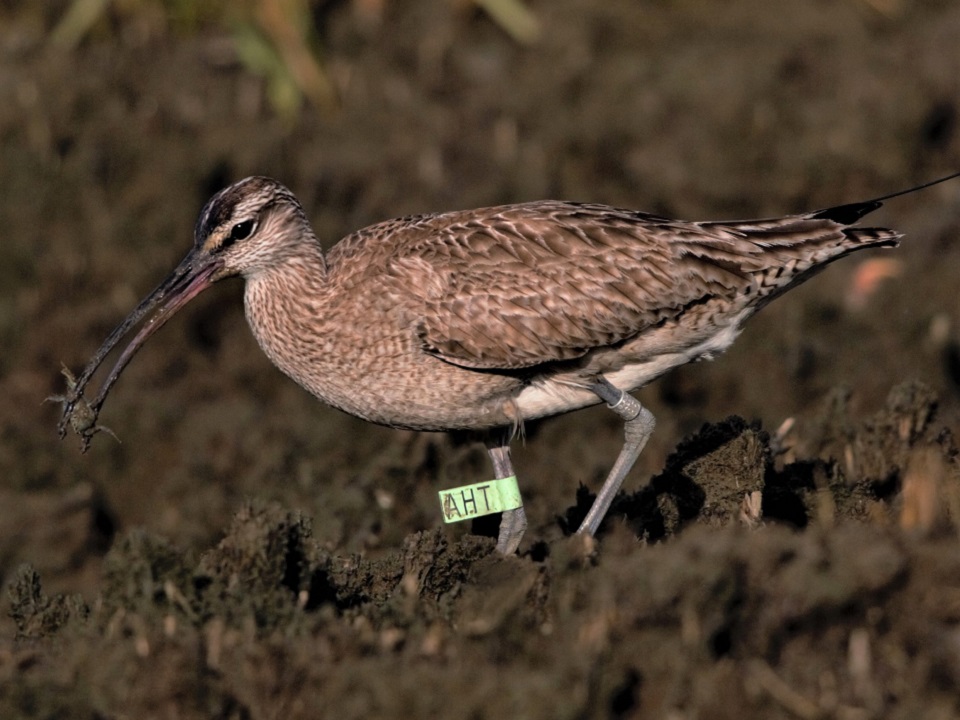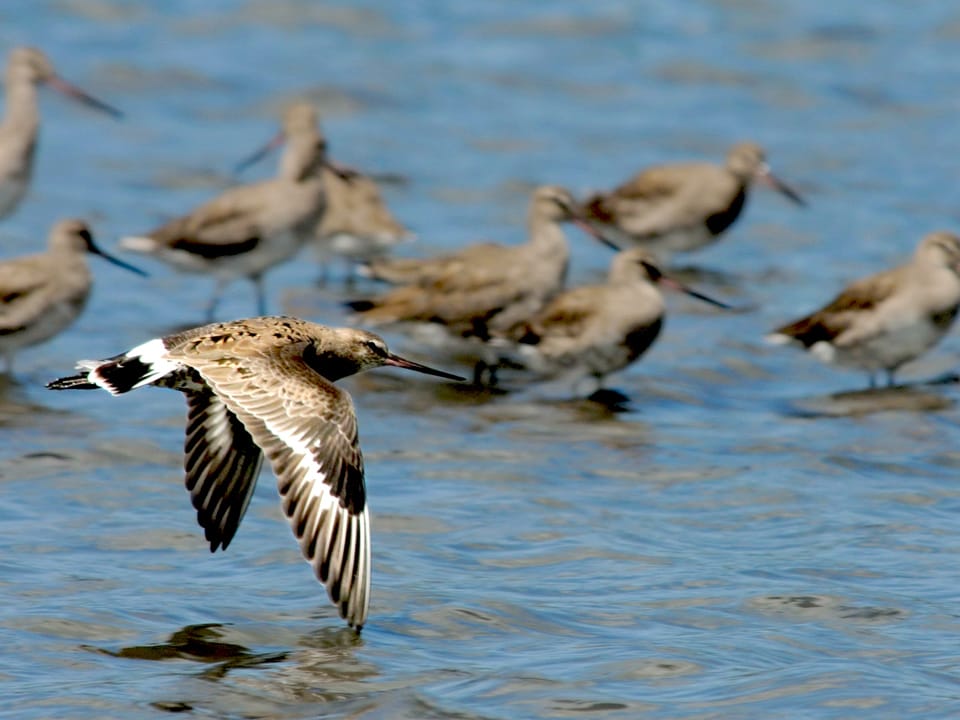Overview
Shorebirds have some of the longest known migrations of any animal group, making annual movements that link distant landscapes in 42 countries across the hemisphere from the Arctic to the southern tip of South America. To meet their daily needs and survive their annual migrations, shorebirds rely on a mix of habitats ranging from arctic tundra, wetlands, grasslands, beaches, lake edges, and even agricultural lands.
Wetlands and beaches are among the most highly threatened places throughout the world, and shorebirds depend upon them throughout the year. The loss or reduction of habitat in one place can have cascading negative effects, impacting geographic populations. Today, much of the land that shorebirds rely on has been lost, damaged, or is not managed effectively. As such, shorebirds are one of the most imperiled bird groups.
Population trends consistently show shorebirds to be undergoing some of the most significant and long-term declines of any bird group globally. These trends are likely to accelerate as human populations increase and the effects of climate change escalate. This motivates us into action to reverse these declining trends. We can help and so can you.





 Back to all
Back to all
